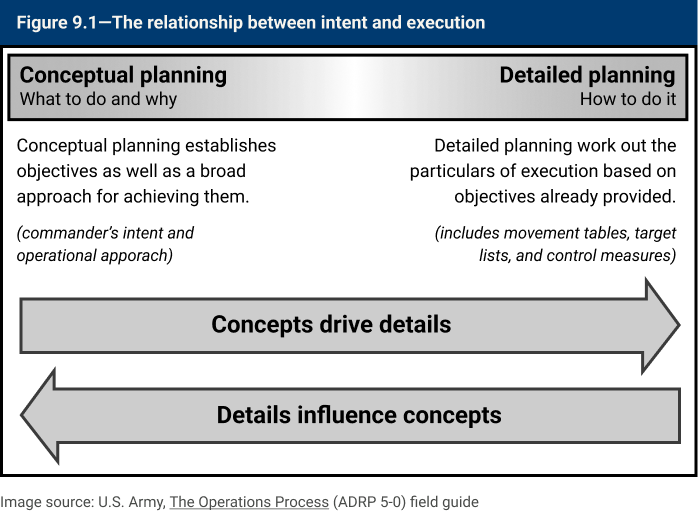
This book takes aim at these challenges. Inspired and informed by our talented collaborators in service design and user experience, Patrick and Chris will share language, concepts, and approaches that enable people across an organization to envision, plan, and design customer experiences together.

By Chris Risdon & Patrick Quattlebaum
Get this book